Cheese: the Perfect Partner to Saké
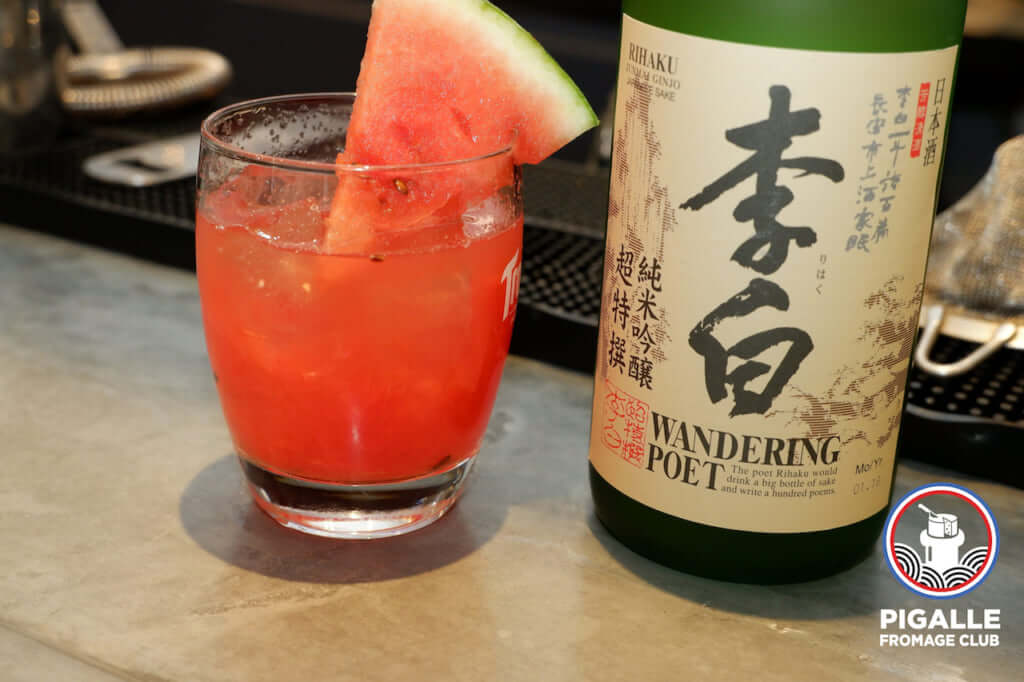
At Pigalle Fromage-Club, cheese and saké go hand in hand. This bar, located in Paris’ 9th arrondissement, is seeking to change the image of this alcoholic beverage which is all too often seen exclusively as a liqueur, when really it should be drunk like white wine. This original idea is winning over customers who, despite having come primarily for the cheese, leave feeling happy to have discovered new flavours and the complexity of saké.
First, customers choose their cheese platter. Then the team offers an assortment of at least three kinds of saké, presenting them in an educational way so as not to confuse any as yet uninitiated customers. To accompany a fresh cheese, for example, a drier saké is more likely to be chosen, while a mature cheese goes better with a stronger saké. And there’s no culture shock here, as the saké is served in a balloon glass that’s suitable for an aperitif and traditionally reserved for wine.
With regard to the ambiance, Pigalle Fromage-Club doesn’t offer a completely Japanese-inspired experience. Diners don’t eat the cheeses and small starters with chopsticks, but with cutlery instead. However, visitors can still admire the ceramic dishes which are the work of Japanese artist Yuuko Watanabe, a friend of the owner.
What’s more, the bar’s founder, Yves de Roquemaurel, knows Japan well. He lived there for over ten years and ran a French restaurant in Shibuya, in the heart of Tokyo. That’s where he developed an interest for this rice-based alcohol and decided to make it known in Paris, away from its traditional market. A wave of new Japanese chefs thus began to appropriate the French-style bar culture. He chose his moment well.
Yves de Roquemaurel is constantly on the hunt for new additions he can make to his saké cellar. He meets saké producers from all over Japan who provide him with good vintages. From Akita to Hiroshima, every Japanese region has its own saké. Some are even prize-winning, like Hiroshima’s Hakuko Junmai ‘Red Label’.
According to the owner, a perfect tasting would begin with Sekiya ‘Enter Sake’ from the Aichi region. Its freshness allows the palate to get used to the subtle flavours of the rice-based alcohol. The sensory voyage continues with Rihaku Shuzo’s Junmai Nigori, an unfiltered saké with a white, almost milky appearance, which brings out the taste of creamy cheeses. Strong cheeses are more often paired with 10- or 15-year-old sakés with a woodier taste. And to add a gourmet touch to dessert, Yves de Roquemaurel suggests a variety with an exotic fruit taste, the yuzu-flavoured Umeda Honshuichi Muroka.
Pigalle Fromage-Club proves that saké can be a credible alternative to wine. It can even be drunk during celebrations in a sparkling form, such as ‘Phoenix Sparkling’ from the French pop-rock band of the same name. The artists, big fans of Japan, decided to begin producing their own saké over there, much like Hollywood stars get into winemaking in France. And indeed, Yves de Roquemaurel declares that if you love wine, saké comes easily.
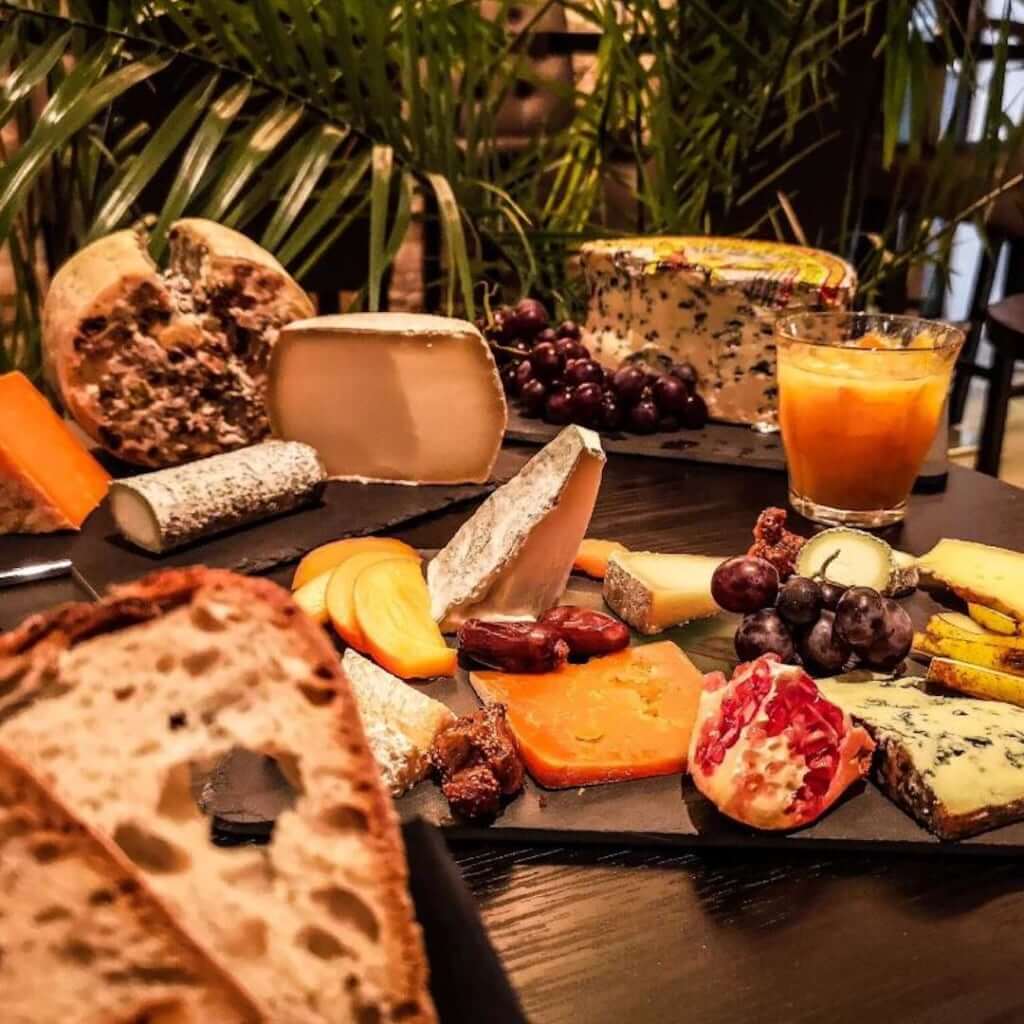
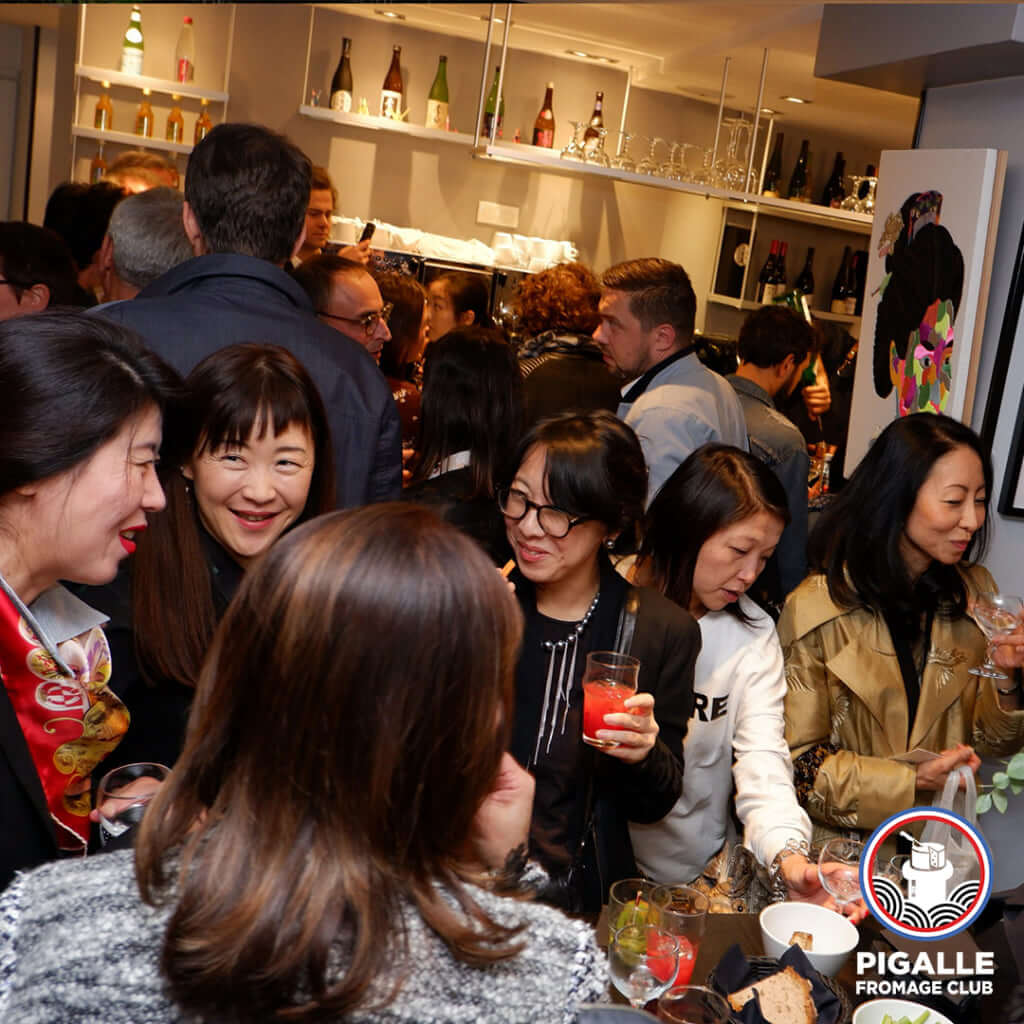
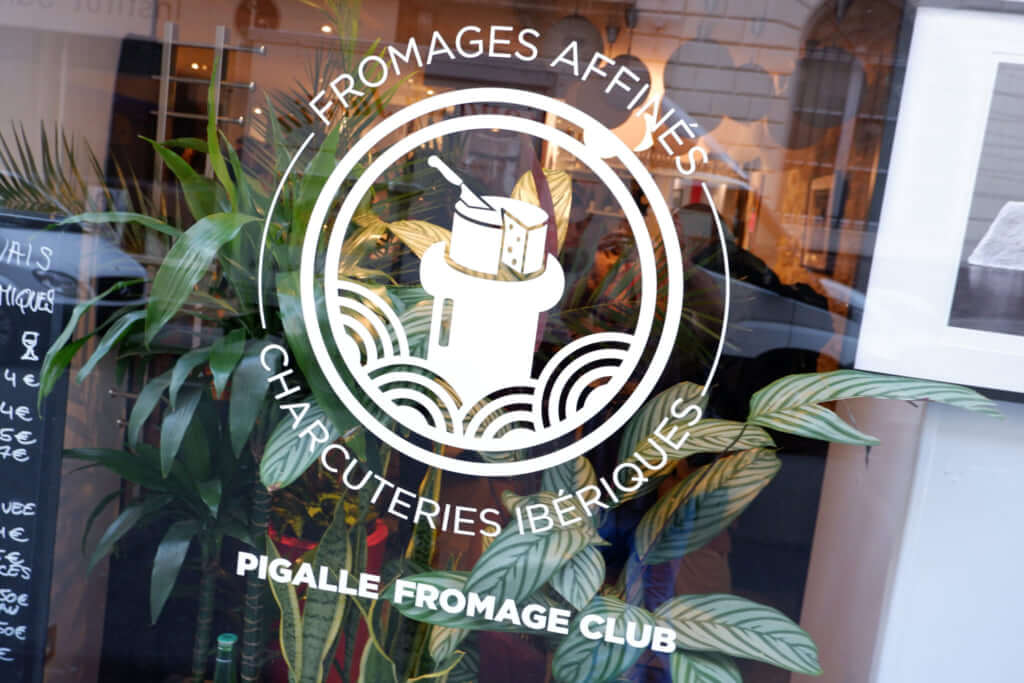
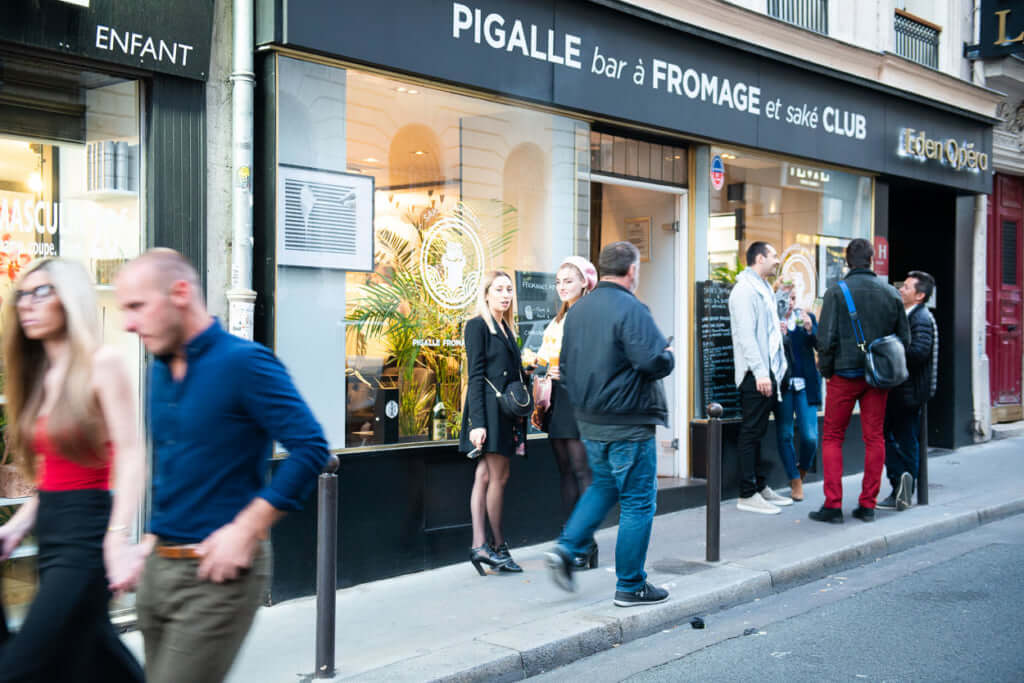
TRENDING
-
Yakumo Saryo: A Culinary Voyage in Tokyo
Shinichiro Ogata makes objects from glass, ceramics and bronze but is also a fantastic cook. Have a taste of both his talents at restaurant Yakumo Saryo.

-
WA BI GIN : (An Old) Affair of Passion
The Japanese distillery Hombo Shuzo, first known for their shoshu, decided to launch itself into artisanal production of gin. Thus, WA BI GIN was born.

-
Gome Pit, the Pop-Up Bar in a Waste Treatment Facility
Japan never ceases to surprise. Gome Pit is a pop-up bar with an unobstructed view over a pit where tonnes of waste are piled up before being incinerated.

-
A Japanese Tea Room Perched Atop a Rooftop
The building, in keeping with the minimalist style of its creator, offers a splendid view of Vancouver Bay and the surrounding mountains.

-
Discover Japanese Gastronomy Through The Solitary Gourmet Manga
This illustrated black and white album follows its lead through various bars, celebrating the Japanese art of living.





